The motorcycle carburetor? It’s the engine’s personal mixologist.
This little device whips up the perfect fuel-air cocktail, ensuring your engine gets its happy hour every time you hit the throttle. Forget precision or efficiency—the carburetor eyeballs the ratios like a pro barkeep and throws together a combo that burns so smoothly, your engine’s always last call.
Different Parts of a Carburetor System
A motorcycle carburetor works as a team, with each part playing an important role. Let’s meet the lineup!
- Float boats and floats
- Pilot jet and jet needle
- Throttle slide/valve
- Main jet and jet needle
- Choke or enrichment system
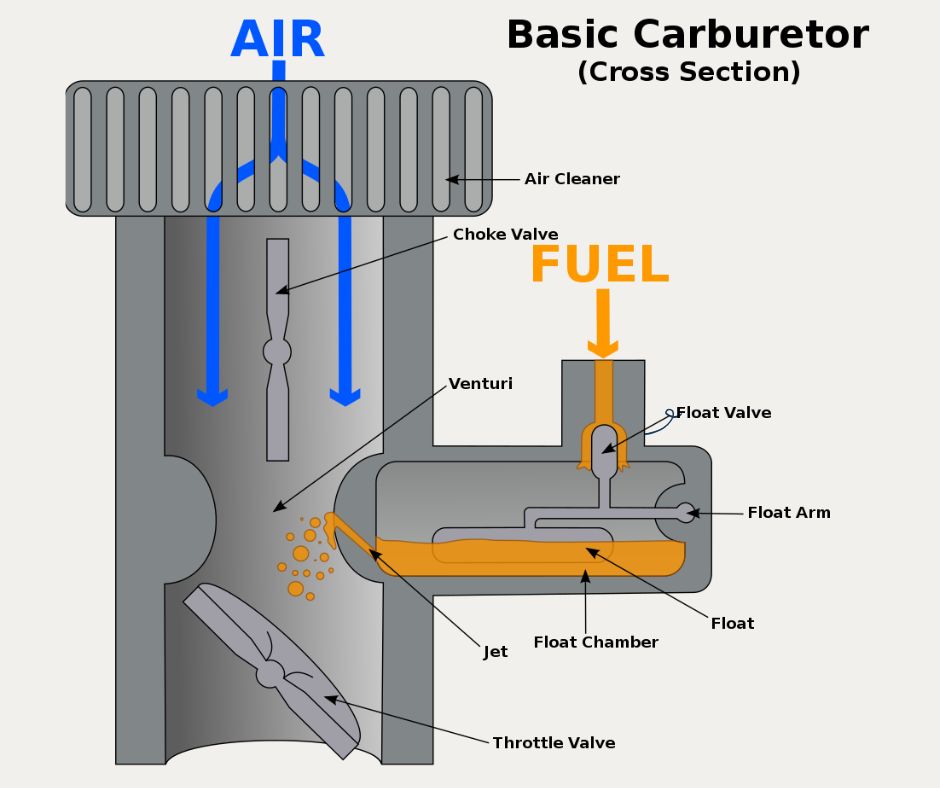
The float bowl and floats are like fuel monitors, keeping track of gas levels and letting the float valve know when it’s time for a refill. The float valve controls the flow of fuel into the float bowl.
The pilot jet and jet needle are responsible for the air-fuel mixture at low speeds and idle, making sure the mixture is just right for smooth performance.
When you twist the throttle and speed up, the throttle slide/valve jumps into action. It lets in more air, while the throttle slide controls how much air is allowed in.
The main jet handles the air-fuel mixture at high speeds and full throttle. It works with the jet needle to determine how much fuel should be mixed with all that air coming in.
And when the engine is cold, the choke provides a fuel-rich mixture to help the engine warm up and run until it’s ready to handle the usual air-fuel mixture.
All these parts work seamlessly together, each contributing to help your engine run efficiently and make riding enjoyable. Your motorcycle’s carburetor has the teamwork down to an art.
You May Like: How to Clean a Motorcycle Carburetor Without Removing
How Does a Motorcycle Carburetor Work?
The carburetor is made up of a few key components, including the throttle valve, the main bore (Venturi), and the fuel jet.
As you twist the throttle grip, it opens the throttle valve, which allows air to enter the carburetor. The air then flows through the Venturi, which is a narrow passage in the carburetor that speeds up the airflow.
Now, here’s where things get really interesting: the Venturi effect. As the air flows through the Venturi, it creates a low-pressure area, which draws fuel in from the fuel jet.
The fuel mixes with the air and creates a combustible mixture, which then enters the engine via the intake valve. This process happens super quickly, allowing the engine to run smoothly and efficiently.
The system mainly works through the venturi effect. So, here’s a detailed explanation of what it is and how it works.
What is the Venturi effect?
The Venturi effect is a principle that states that when a fluid, such as air or water, flows through a constricted section of a pipe or tube, the fluid’s velocity increases, and its pressure decreases. This effect is caused by the conservation of energy – as the fluid flows through the narrow section, the same amount of energy must be conserved, but since the cross-sectional area decreases, the velocity of the fluid must increase to compensate.
This increase in velocity results in a decrease in pressure, which can have practical applications. For example, the Venturi effect is often used in carburetors, as we discussed earlier. By using a narrow section in the carburetor called a Venturi, the velocity of the air flowing through the carburetor increases, which draws fuel in and creates a combustible mixture.
The Venturi effect is also used in many other applications, such as in HVAC systems, where it can be used to control airflow and pressure, and in jet engines, where it helps to compress air and fuel for combustion.
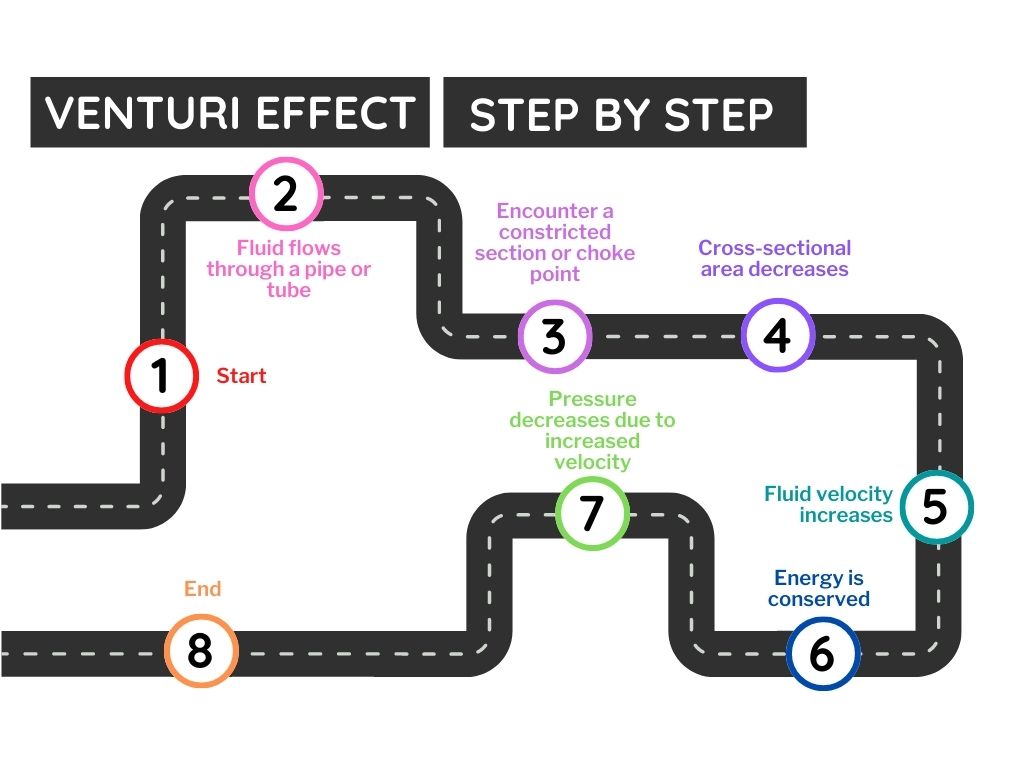
What is the function of the throttle valve?
The throttle valve controls the airflow into the carburetor. When the throttle is opened by the rider twisting the throttle grip, the throttle valve opens to allow more air into the carburetor.
This increases the air-fuel ratio, resulting in a leaner mix, higher RPMs, and more power to the engine. When the throttle is closed, the valve restricts air to idle the engine.
What is the purpose of the float bowl and float?
The float bowl holds a reservoir of fuel, while the float regulates the fuel level in the bowl. As fuel is drawn out of the bowl into the carburetor, the float drops and a valve opens to refill the bowl.
Once full, the float rises and closes the valve to stop fuel flow and maintain the proper level in the bowl. This ensures continuous fuel delivery to the carburetor for consistent engine operation.
How does the choke system work?
The choke system enriches the fuel mixture for a cold engine. When the engine is cold, the choke plate in the carburetor air intake is closed, reducing the amount of air entering the engine. This makes the fuel-to-air ratio higher, delivering more fuel to the engine. This richer mixture helps the engine start and run smoothly until it warms up.
Once the engine is warmed up, the choke plate opens up, allowing more air into the mixture. This leans out the mixture and provides the appropriate air-fuel ratio for normal operation.
The choke system may be manually operated by the rider, or on newer vehicles it can be automatic. The automatic choke uses a temperature sensor to control the choke plate and provide the proper mixture based on engine temperature.
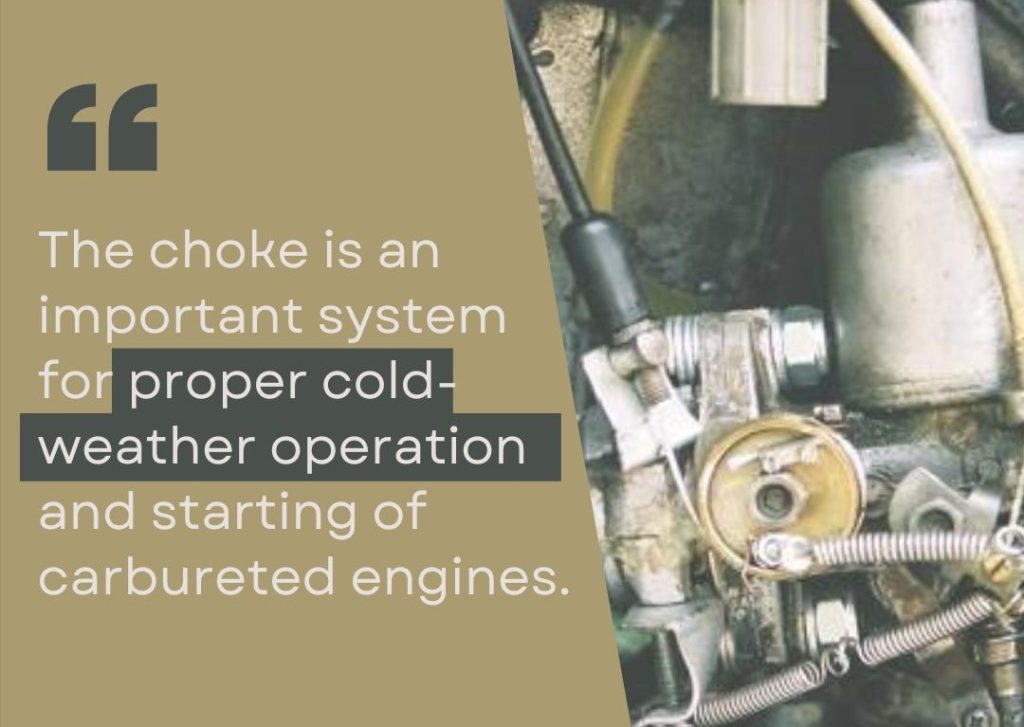
The enriching effect of the choke is sometimes also called “choking” the engine, because the reduced air does reduce the engine’s breath. But this is necessary for a cold start to provide the extra fuel the engine needs until it warms up and can run on a leaner mixture.
The choke is an important system for proper cold-weather operation and starting of carbureted engines.
If you are more comfortable with video content, check this explanation:
Why Don’t Modern Motorcycles Have a Carburetor System?
Carburetors have been around since the early days of motorcycles and are a relatively simple device that mixes fuel and air in the proper ratio for combustion.
However, with advances in technology, carburetors have been replaced by fuel injection systems in modern motorcycles. Here are some of the reasons why:
Pollution
Carburetors discharge a little more pollutants through the tailpipe than a fuel injection system.
However, the bigger difference is when the bike isn’t running. Carburetors tend to leak fuel when the bike is not in use, which can cause environmental damage. Fuel injection, on the other hand, does not have this problem.
Control of Air/Fuel Ratio
Fuel injection allows for more accurate control of the air/fuel ratio, which allows a bike to run cleaner and keep a catalytic converter on board.
A catalytic converter is a device that reduces harmful emissions from the exhaust gasses of an internal combustion engine. Without precise control of the air/fuel ratio, the catalytic converter can’t perform its job properly.
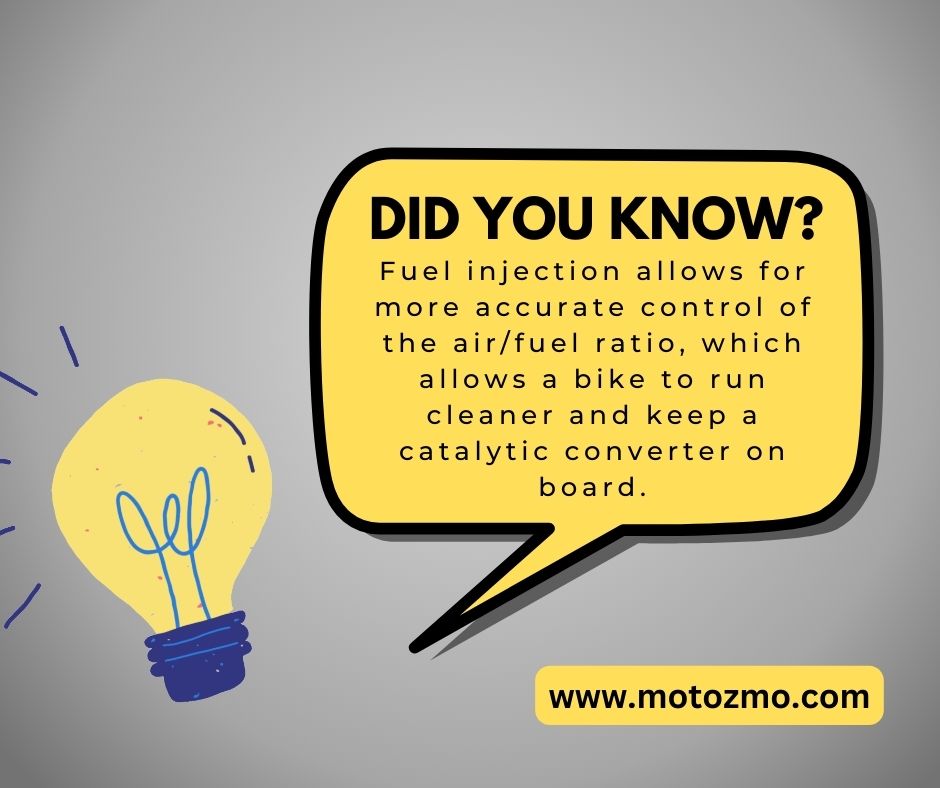
Fine Tuning
With aftermarket tuning software, fuel injection allows much finer adjustments of the fuel map.
The fuel map is a set of instructions that tells the fuel injection system how much fuel to inject under different conditions. Fine-tuning the fuel map allows for better performance and fuel efficiency.
Engine Performance
Carburetors were often the culprit for poor engine performance, leading to a noticeable reduction in fuel efficiency, slower acceleration, and reduced power. The systems have a tendency to become clogged or dirty, which can cause problems with fuel delivery.
Fuel injection, on the other hand, delivers fuel in a more precise and controlled manner, leading to better engine performance and efficiency.
While carburetors may have been a staple of the motorcycle industry for many years, fuel injection systems have proven to be more efficient, accurate, and environmentally friendly. Some riders still prefer the simplicity of a carbureted engine, the benefits of fuel injection technology cannot be ignored.
You May Like: Motorcycle Carburetor vs Fuel Injection: Which One Reigns Supreme?
Benefits of Carbureted Motorcycles over Fuel Injection
If you want a motorcycle that screams “Vintage Vroom,” look no further than a carbureted engine. Forget those newfangled fuel-injected motors—carburetors are where it’s at if you want some real riding thrill.
Better Power at High RPMs
With a carburetor, you’ll get a rush of power that’ll pin you to your seat at high RPMs. Fuel injection? It can’t hang when you twist that throttle.
The carburetor’s simpler design and fewer components can enable more efficient air-fuel mixing at high speeds, resulting in better power and torque at high RPMs.
Nostalgia
And carburetors have a certain “je ne sais quoi.” Fuel injection may be all efficient and modern, but carburetors ooze rugged, rebellious nostalgia.
Riders who appreciate the simpler times of motorcycling prefer carbureted engines because of their simplicity and reliability.
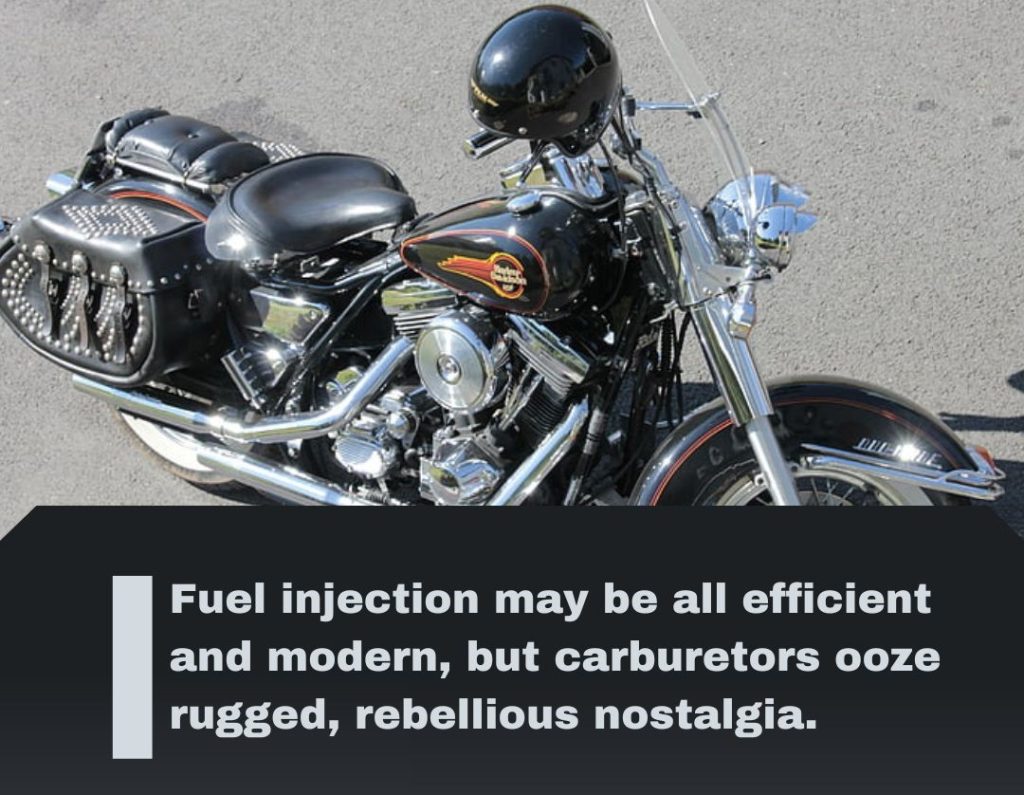
Sound
While this is subjective, many riders feel that carbureted engines sound better than fuel-injected engines. The sound of a carbureted engine is often described as raw, throaty, and more authentic. No sterile fuel-injected motor can match that classic sound.
So, if you want performance, attitude and style, the choice is clear: fuel injection got nothing on the mighty carburetor.
Conclusion
The carburetor may be a small part of your motorcycle, but it plays a huge role in keeping your engine running smoothly. Next time you’re out for a ride, take a moment to appreciate the magic happening under your seat, thanks to the trusty carburetor. Keep it well maintained, and your engine will thank you.
FAQs about Motorcycle Carburetor Systems
What is the purpose of a motorcycle carburetor?
The carburetor’s purpose is to mix fuel and air in the proper ratio for combustion in the engine. It helps deliver the fuel-air mixture to the cylinders to power the motorcycle.
What are the main parts of a motorcycle carburetor?
The main parts of a carburetor include:
Throttle valve: Controls air intake
Venturi: Creates vacuum to draw in fuel
Fuel jet: Delivers fuel
Mixing chamber: Where fuel and air mix
Overflow tube: Regulates fuel level
Float bowl: Holds fuel reserve
How does the Venturi effect work?
The Venturi effect works by funneling air through a narrow venturi in the carburetor. This speeds up the air and lowers its pressure, which draws fuel into the airstream through the fuel jet. The narrowing shape of the venturi causes the pressure to drop that sucks fuel into the airstream. This effect mixes the fuel and air to prepare for combustion.

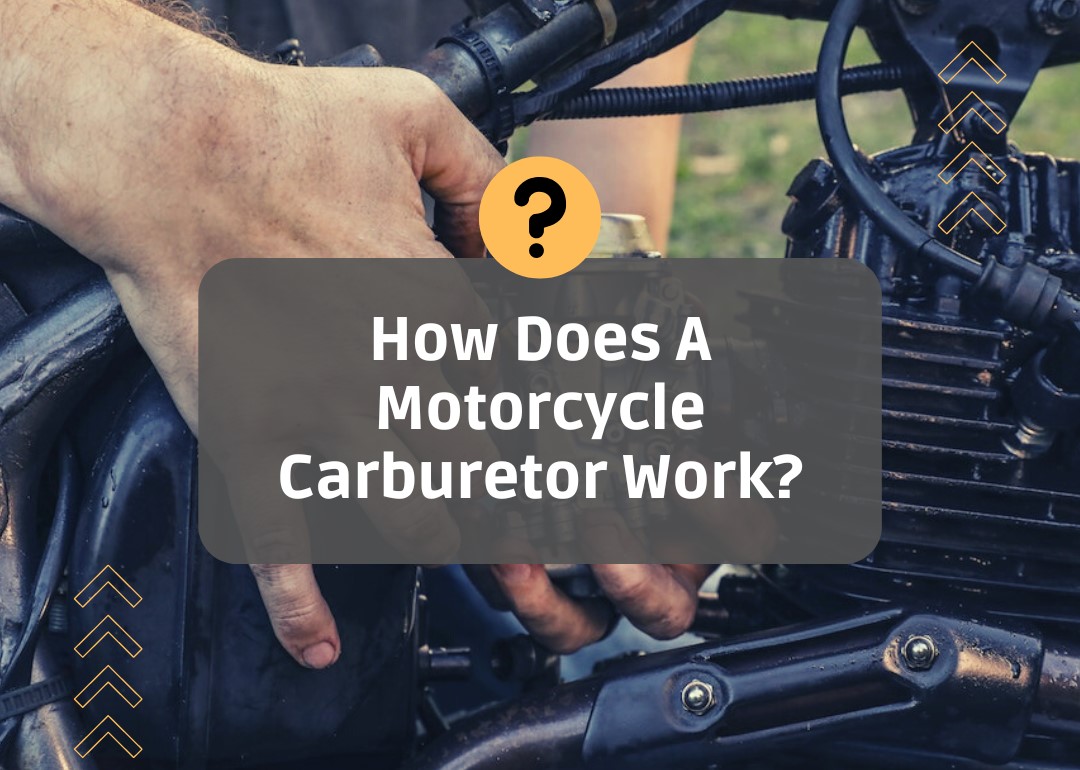
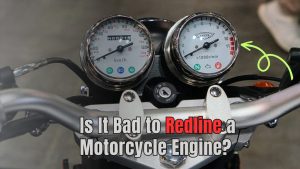
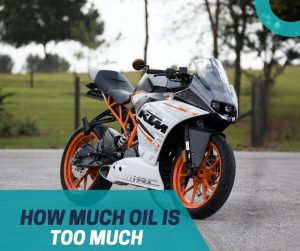
![Read more about the article How to Store Motorcycle for Winter [and Mistakes to Avoid]](https://www.motozmo.com/wp-content/uploads/2023/11/winter-motorcycle-storage-300x169.jpg)